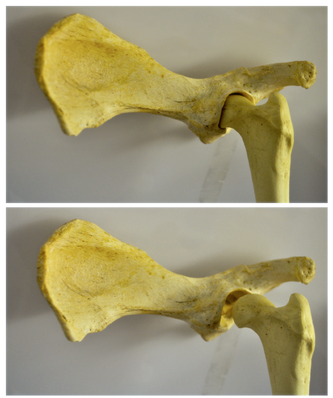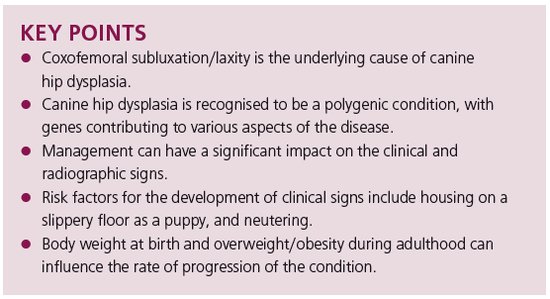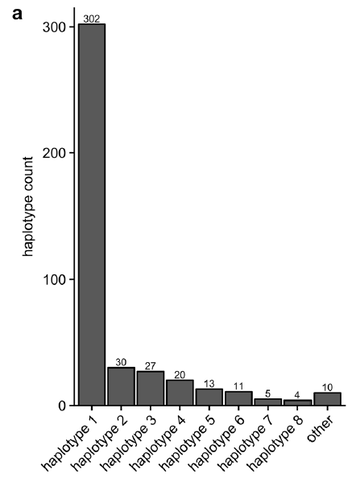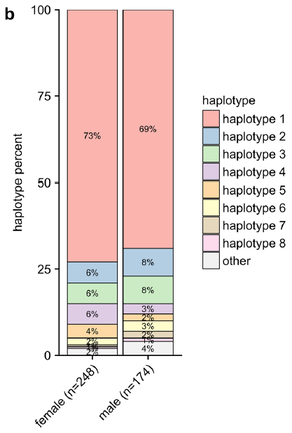| You can learn more about hip and elbow dysplasia in ICB's online course "Understanding Hip & Elbow Dysplasia", which covers the most up-to-date information about causes, treatment, and prevention. Learn more HERE. |
Witte PG, 2019. Hip dysplasia - understanding the disease. Companion Animal 24:77-81.
ICB's online courses
***************************************
Visit our Facebook Groups
ICB Institute of Canine Biology
...the latest canine news and research
ICB Breeding for the Future
...the science of animal breeding





